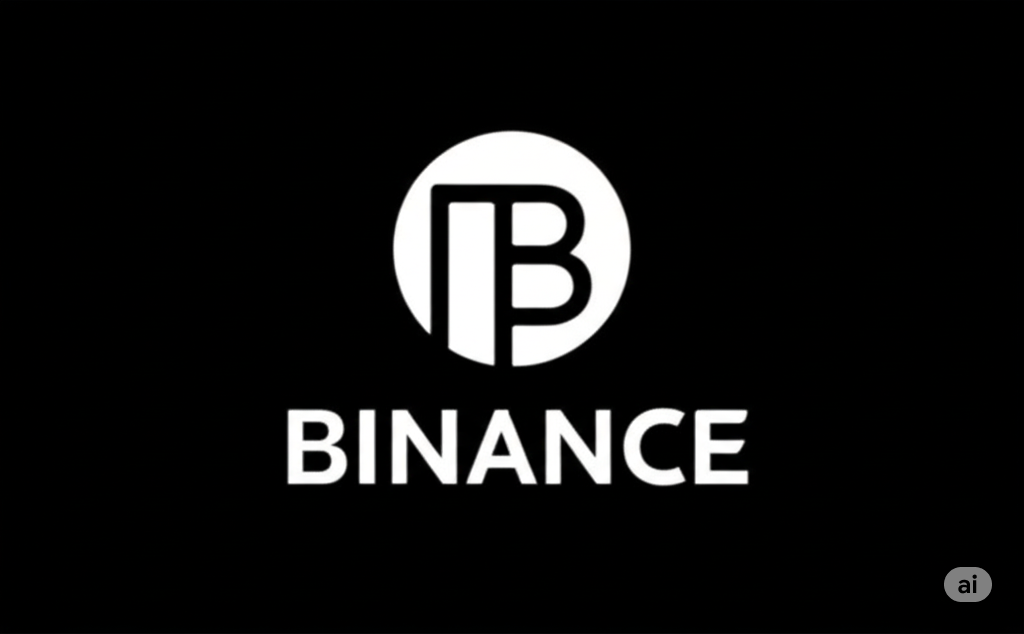The cryptocurrency landscape can be bewildering for newcomers, filled with terms that often seem interchangeable. Two of the most commonly confused terms are crypto tokens and crypto coins. While both represent digital assets and utilize blockchain technology, there are fundamental differences in their purpose and how they operate. Understanding these distinctions is crucial for navigating the crypto world effectively. Let’s break down the key differences.
Crypto Coins: The Native Currency of a Blockchain
Think of crypto coins as the native currency of their own independent blockchain. They are the fundamental unit of value within that specific network and are primarily designed to:
- Act as Digital Money: Coins are intended to be used for transactions, facilitating the transfer of value between users. Bitcoin (BTC) and Litecoin (LTC) are prime examples of coins designed for this purpose.
- Pay Transaction Fees: On their native blockchains, coins are often used to pay the fees associated with processing and validating transactions. For instance, you pay for transactions on the Ethereum network using its native coin, Ether (ETH).
- Incentivize Network Participants: In many blockchain networks, coins are used as rewards for those who participate in maintaining the network, such as miners in Proof-of-Work systems or validators in Proof-of-Stake systems.
Key Characteristics of Crypto Coins:
- Native to Their Own Blockchain: Each coin operates on its own distinct blockchain infrastructure. Bitcoin runs on the Bitcoin blockchain, Ether on the Ethereum blockchain, and so on.
- Primary Function as Currency: Their core purpose is typically to serve as a medium of exchange, store of value, and unit of account within their respective ecosystems.
- Used for Transaction Fees on Their Native Chain: You generally need the native coin to pay for any activity on that specific blockchain.
Examples of Crypto Coins:
- Bitcoin (BTC)
- Ethereum (ETH)
- Litecoin (LTC)
- Cardano (ADA)
- Solana (SOL)
Crypto Tokens: Built Atop Existing Blockchains
Crypto tokens, on the other hand, are digital assets that are created and reside on an existing blockchain network. They are essentially built on top of the infrastructure provided by a coin’s blockchain. The Ethereum blockchain is the most popular platform for creating tokens, utilizing standards like ERC-20. Other blockchains like Binance Smart Chain (BEP-20) and Solana also support the creation of tokens.
Tokens can represent a wide variety of assets and utilities, including:
- Utility Tokens: These provide users with access to a specific product or service offered by the project that issued the token. For example, a token might grant access to a decentralized application (dApp), provide voting rights within a platform, or unlock premium features.
- Security Tokens: These represent ownership in an underlying asset, such as shares in a company, bonds, or real estate. They are subject to securities regulations.
- Governance Tokens: These tokens give holders the right to vote on proposals and influence the future development and direction of a decentralized project or protocol.
- Stablecoins: These are cryptocurrencies designed to maintain a stable value relative to a specific fiat currency (like USD) or other stable asset. They aim to provide the benefits of cryptocurrency without the extreme price volatility.
- Non-Fungible Tokens (NFTs): While technically a type of token, NFTs represent unique, indivisible assets, such as digital art, collectibles, or in-game items.
Key Characteristics of Crypto Tokens:
- Built on Existing Blockchains: They rely on the infrastructure and security of another blockchain (e.g., Ethereum, Binance Smart Chain).
- Diverse Functionality: Their purpose can range from providing utility and access to representing ownership or governance rights.
- Utilize Blockchain Standards: Tokens on a specific blockchain often adhere to standardized protocols (like ERC-20 on Ethereum) to ensure interoperability within that ecosystem.
- Pay Transaction Fees in the Native Coin: When you interact with a token (e.g., transfer it, use it within a dApp), you typically pay the transaction fees (gas) in the native coin of the underlying blockchain (e.g., ETH on Ethereum).
Examples of Crypto Tokens:
- Chainlink (LINK) – Utility Token
- Maker (MKR) – Governance Token
- Tether (USDT) – Stablecoin
- Decentraland (MANA) – Utility/Governance Token
- Bored Ape Yacht Club NFTs – Non-Fungible Tokens
The Key Differences Summarized:
| Feature | Crypto Coin | Crypto Token |
| Blockchain | Native to its own independent blockchain | Built on top of an existing blockchain |
| Primary Role | Digital currency, transaction fees on its chain | Diverse: utility, security, governance, stablecoin, NFTs |
| Transaction Fees | Paid in the native coin of its own blockchain | Typically paid in the native coin of the underlying blockchain |
| Examples | Bitcoin (BTC), Litecoin (LTC), Solana (SOL) | Chainlink (LINK), Tether (USDT), Bored Ape #7777 |
Analogy:
Think of blockchains as operating systems (like Windows or macOS) and coins as the native currency used within that system. Tokens are like applications built to run on those operating systems. They utilize the underlying infrastructure but serve specific purposes.
Why Does it Matter?
Understanding the difference between crypto tokens and coins is important for several reasons:
- Investment Decisions: It helps you understand the fundamental value proposition and potential use cases of a particular digital asset.
- Transaction Costs: You’ll know which cryptocurrency you need to pay for transaction fees when interacting with a specific asset.
- Technological Understanding: It provides a clearer picture of the underlying technology and how different projects are structured.
In Conclusion:
While the terms “crypto token” and “crypto coin” are often used loosely, they represent distinct types of digital assets. Coins are the foundational currencies of their own blockchains, while tokens are built on top of existing blockchains and serve a wide range of purposes. By grasping this fundamental difference, you can navigate the cryptocurrency landscape with greater clarity and make more informed decisions.












Leave a Reply